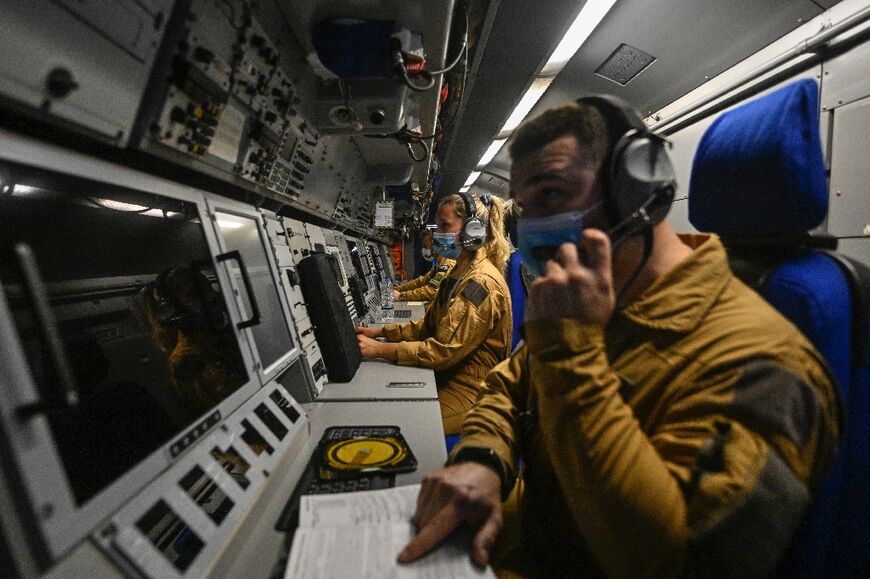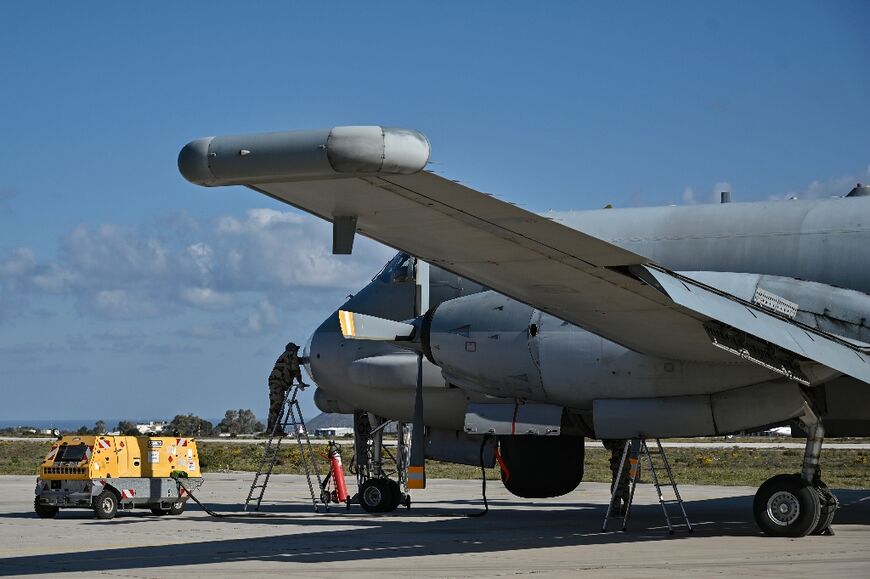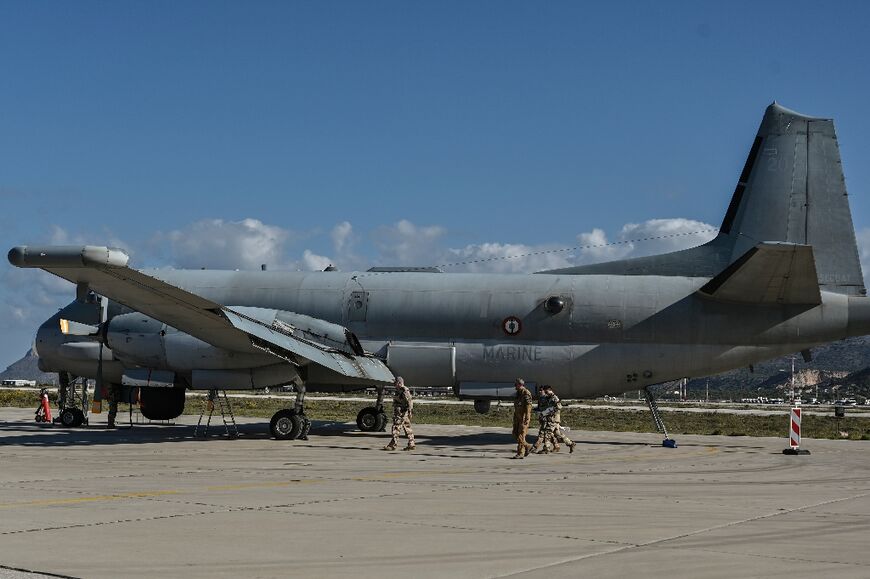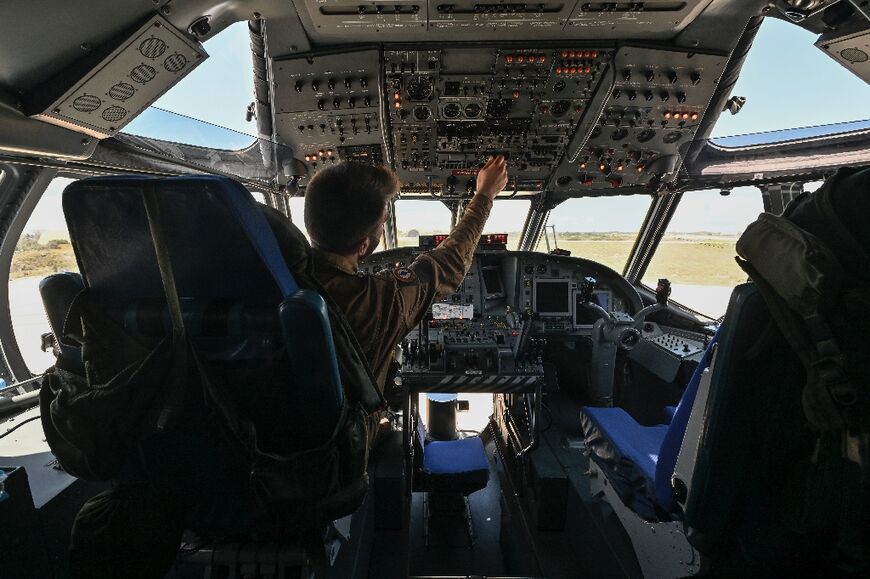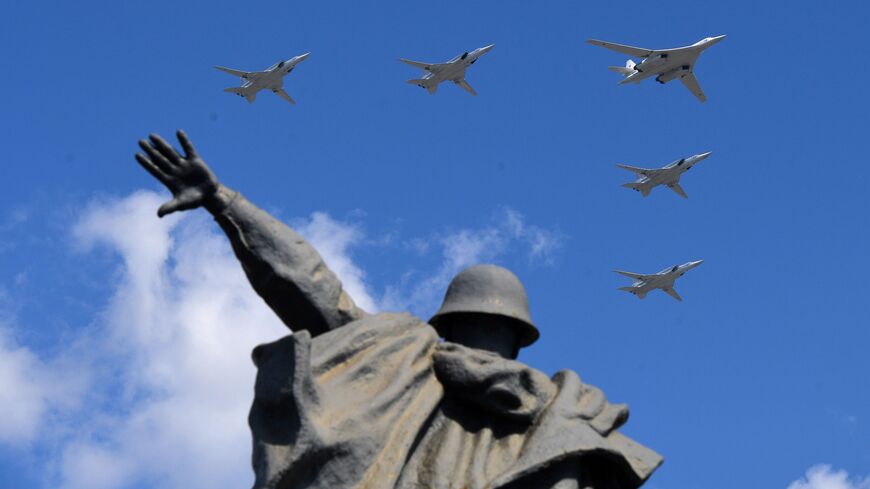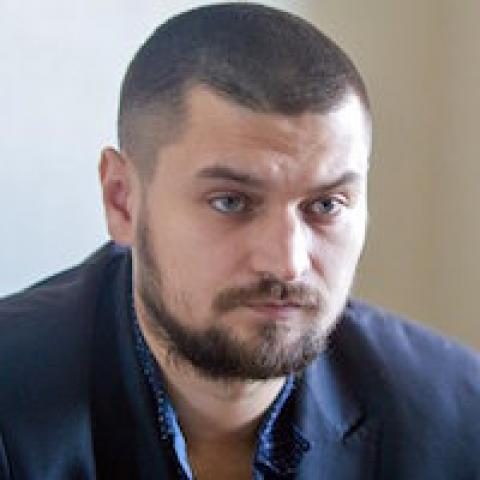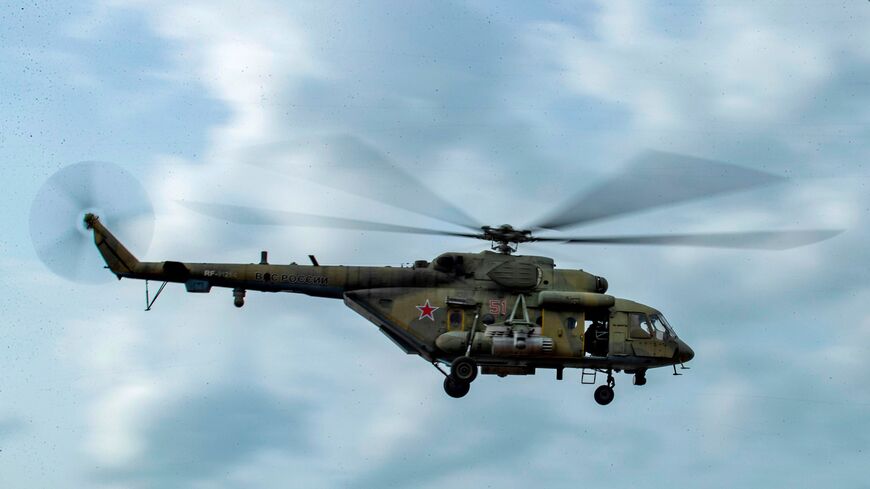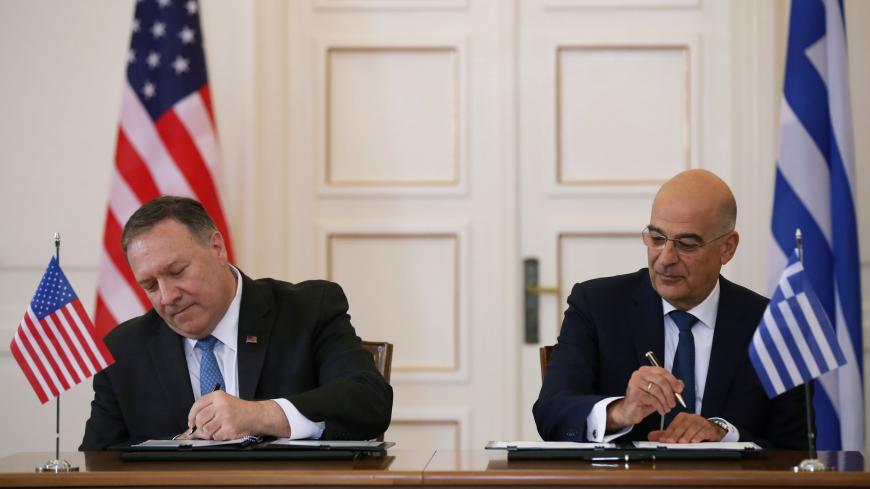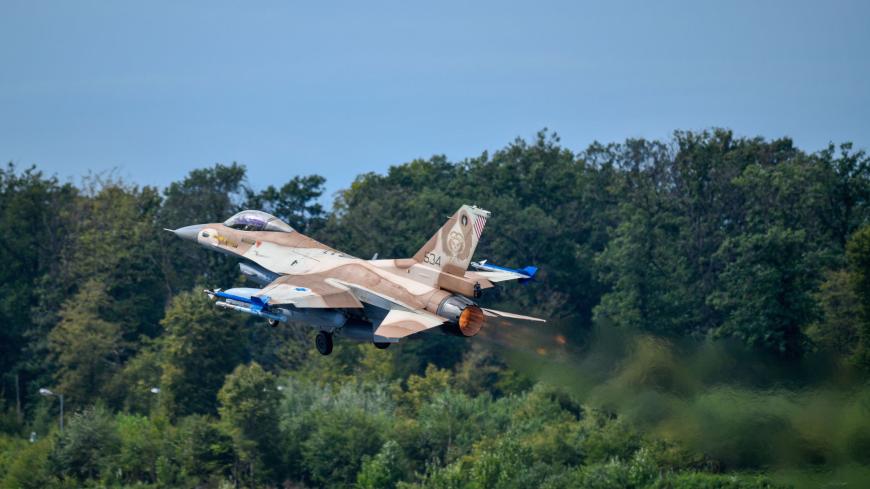NATO, Russia eye each other as both up forces in the Med

On the Greek island of Crete, a NATO surveillance plane readies to take off and see what Russia is up to in the Mediterranean, where Moscow and the US have boosted forces amid the war raging in Ukraine.
As Russian forces continue to pound Ukraine, the aim is "to show the Russians that the eastern Mediterranean is a NATO area," says lieutenant Johann, the aircraft's chief officer, who asked that his surname not be used.
The Ukraine war has seen Washington and Moscow boost their presence in the area to levels unseen in a generation.
"Ukraine has changed things. The Americans are back. This hasn't been the case since the Cold War," says Thibault Lavernhe, regional communication officer of the French army in the Mediterranean.
"Russia has doubled, if not tripled, its military capacity in the area" in terms of destroyers, frigates and submarines, says Lavernhe.
-- Key to global trade --
The Mediterranean is of strategic importance to the world economy, with 65 percent of EU energy supplies and 30 percent of global commerce, according to the French foreign ministry, passing through the sea with shores in Europe, the Middle East and Africa.
There are currently around 20 Russian warships in the sea, Lavernhe told AFP.
The buildup came in the wake of the civil war in Syria when Moscow -- after riding to the rescue of embattled Syrian President Bashar al-Assad -- began deploying warships in the port of Tartus, the Russian navy's sole repair and refuelling base in the Mediterranean.
Russian units have been further reinforced after the invasion of Ukraine, military observers say.
And Russian naval forces are now spreading westward- north of Crete, west of Greece in the Peloponnese, and in the northern Aegean Sea, near the Black Sea, says Lavernhe.
Forces in the area under direct NATO command are broadly unchanged, but the war has led the US to double its own presence by relocating ships from the Atlantic Ocean, the French officer said.
"Where there are American forces, the Russians are there too," Lavernhe says.
"Russian ships are positioned to monitor the activity of allied forces," he said.
-- Eye in the sky --
NATO monitors all activity in the Mediterranean from planes like the glass-nosed Atlantique 2 on Crete's base of Souda.
The long-range patrol aircraft made by France's Dassault is equipped with radar, a 3,200-millimetre camera and systems capable of detecting magnetic fields and picking up nearby radar signals.
The plane's tactical coordinator, Laurent, explains that the aircraft will pick up all vessels encountered during its flight and determine their national affiliation.
"All vessels of over 12 metres must be registered and have an active tracking beacon," he says, discreetly closing a folder with the image of a Russian landing craft on one of the pages.
"If that is not the case, we hail them to establish whether they are smugglers or (other kinds of) illegal activity," he adds.
This information is then shared with the French general staff and NATO command.
The plane's range enables it to fly as far as the Black Sea, but that could potentially antagonise the Russians, says Johann.
"We are not in a crisis situation in this area. The objective is simply to safeguard European security," he said.


